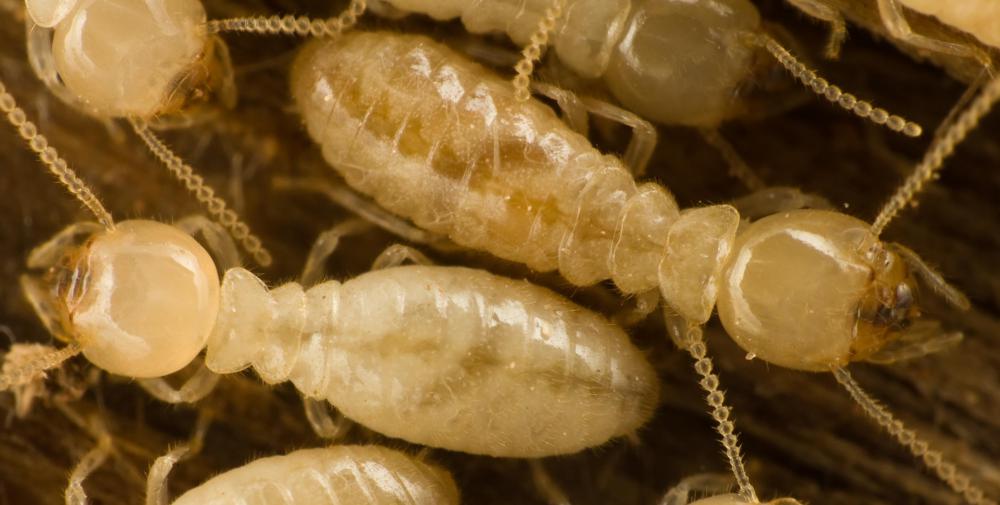At WiseGEEK, we're committed to delivering accurate, trustworthy information. Our expert-authored content is rigorously fact-checked and sourced from credible authorities. Discover how we uphold the highest standards in providing you with reliable knowledge.
What is Termite Fumigation?
When termites infest a home, it can be an expensive, time-consuming, and sometimes even a frightening event. Consequently, many home owners will turn to termite fumigation to rid their homes of the destructive pests. There are two main kinds of termites: subterranean and drywood. The kind of termite which is invading a home depends on the location and the climate of the area, with drywood termites preferring humid areas and living inside the wood of the home, while subterranean termites living in the ground and boring into the structure from below. The preferred method of extermination for drywood termites is fumigation; however, subterranean termites need additional steps to provide a barrier between the ground and the structure to prevent re-infestation.
Termite fumigation is rather safe and quite effective in ridding a home of termites. By using termite fumigation, the pests are exterminated through the use of a gas that is lethal to them. Typically, one of two kinds of chemicals is used during the fumigation process. Vikane gas is one of the most popular, and methyl bromide can also be used, although it is almost never used due to new regulations. Neither gases have an odor, a color, or leave a residue behind on objects in the home. In addition, chloropicrin, a form of tear gas, is also added to the termite fumigation chemicals as a warning to those entering the premises that fumigation is in process.

By hiring a licensed, professional fumigator, steps should be taken to ensure the safety of the occupants of the home. This includes using chloropicrin, the tear gas mentioned above, to warn anyone attempting to enter the home. In addition, the outer doors to the home will have an additional locking mechanism attached to them; thereby allowing only the fumigator the opportunity to enter the home. Lastly, the fumigator should have equipment to detect when the gases are gone and the home can be re-inhabited.

In preparation for termite fumigation, a few things need to be done. First, everything living, including people, pets, and plants, must be removed from the house. Any food, medicines, mattresses, box springs, and pillows should be removed or placed in a fume-bag that can be provided by the fumigator. Next, any plants near the exterior of the home should be trimmed so that the fumigators can maneuver near the walls and that area should be watered to prevent the fumigant from absorbing into the soil and killing the plants. External devices, such as antennas, satellite dishes, and weather vanes, should be taken off of the home and some fencing may need to be removed so that the tarps can completely cover the home.

The termite fumigation period will last from 24 to 48 hours. When the appropriate time period has passed, the fumigator will aerate the home with the help of the fan for another six to eight hours. Once the aeration period is over, the fumigator must certify that the home is ready for re-entry. After certification is complete, the home owner must be aware of side effects, such as headaches, nausea, coughing, or tearing. If any symptoms are experienced, residents must leave the home, contact a physician and report the occurrence to both the company and to any local agencies that record such incidents.
AS FEATURED ON:
AS FEATURED ON:













Discuss this Article
Post your comments